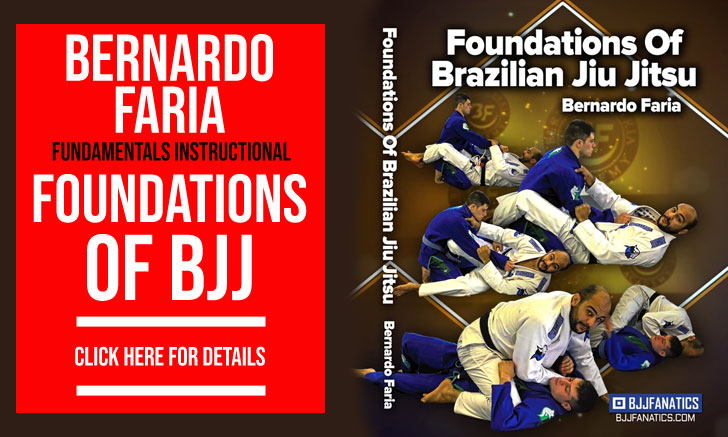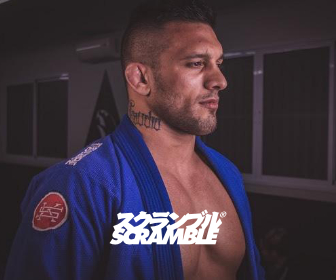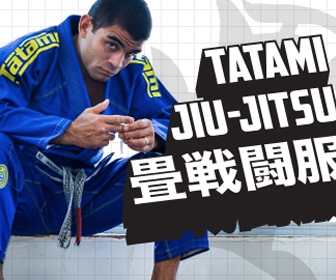As we ramp up towards the world’s most famous no-gi jiu-jitsu event, the ADCC World Championships happening later this year (2019), BJJ Heroes is going back to previous ADCC tournaments to uncover a few of the trends that made this such an iconic tournament. After our latest data-driven essay on the value of wrestling in the ADCC, we turn our focus towards the most talked about submission in grappling, the heel hook (click the link for the history of the heel hook).
Although it has been present since the dawn of the event, with our first ADCC recorded heel-hook coming from Australian grappler Elvis Sinosic over American wrestler Clarance Thatch (1998) – a tradition of lower body submission hunters carried on by fellow Aussies Craig Jones, Lachlan Giles, and Livia Giles, the heel hook was never as ‘in vogue’ as it is today.
The reason for this recent awakening of the heel hook has been strongly rooted on the advances made by John Danaher, and his students – known as the Danaher Death Squad, who developed an efficient and creative system for engaging the heel hook based on the ashi-garami and sankaku controls.
Although these developments by the DDS raised the footlock game to another level, this group of athletes was not the first to consistently use this submission in the ADCC. Many years prior to this popularity boom, one American broke from the no-gi norm, applying a lower body submission oriented game with perfection. His name is Dean Lister.
ATHLETES WITH MOST HEEL HOOKS
Dean’s success in the ADCC is legendary, and his affinity for ankles was what set him apart from what other competitors were doing. Although, as aforementioned, a few athletes had used heel hooks prior to Lister, these were sporadic events and no one came close to the focus Lister brought to that side of grappling on the ADCC. It took years for Lister to lose the monopoly of the heel hooking game, which ended with the appearance of Vinny Magalhães on the scene.
Dean and Vinny are the most successful heel hook specialists of all time on the ADCC platform, though, given the age of athletes such as Gordon Ryan, Garry Tonon and Nicky Ryan, it is likely this ranking may change at some point in the next few years:
Athletes With Most Heel-Hooks @ADCC
9x Dean Lister
6x Vinny Magalhães
3x João Assis
3x Rousimar Palhares
WHICH CONTROL HAS HIGHER SUCCESS RATE?
One very interesting aspect of the evolution of the heel hook over the past 4-to-5 years has been the heavy focus on control, and the submission appearing from a defensively sound position. This appears in clear sight when looking through the numbers collected from the past couple of events.
One of Dean Lister’s preferred methods for the HH was the 50/50 guard, a powerful way to achieve the submission, but also a dangerous formula, considering both athletes have the same access to each other’s heels from this position. In Dean’s case, outstanding genetics graced him with some of the most flexible knee and foot joints to ever grace the earth, an asset Lister used often to frustrate and submit his opponents throughout his career.
Noticing the double-edged sword that was the ‘fifty’, the brilliant minds of today have almost entirely drifted away from the 50/50 route. Instead, the new game is focussed on the ashi-garami control and it’s variations, as shown on the graphic below, which represents the positions from which athletes performed all successful HH attempts in the ADCC over the past two events, since the boom of the heel hook generation.
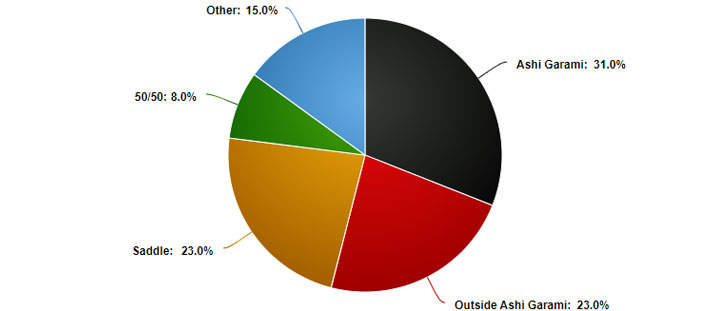
Another interesting aspect of jiu-jitsu is how much each area of the sport has become more specialized and further apart from one another in terms of goals and game plans. The recent developments on the heel hook have most definitely spawned from the submission-only aspect of grappling, with most of today’s specialists having gained notoriety while competing under that setting. One can also see how submission-only is more heavily focussed on lower limb submissions when comparing all past EBI events (sub-only’s biggest tournament) against the points-based ADCC.
On the graph below we have a chart with the most successful submissions pulled under the EBI and ADCC rules.
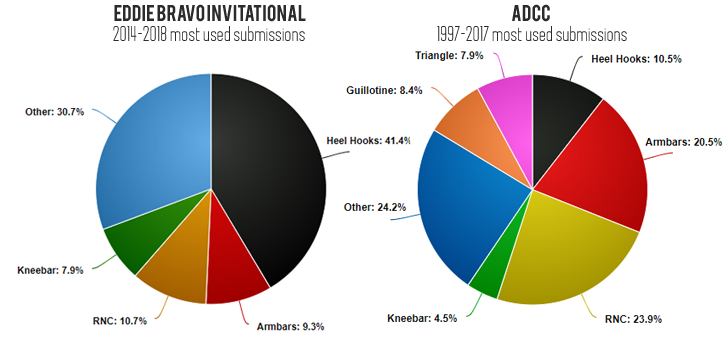
Another interesting side of the heel hook premise is, who was able to impose this technique at the highest level under a very broad rules system such as the ADCC? Meaning, is the heel-hook today an exclusive feature of the sub-only movement?
To assess which jiu-jitsu tribe is being more proficient at making heel hooks work, we went through each of the finishes accomplished at the past two ADCCs and attributed a label to each athlete, between No-Gi (athletes who focus on all ranges of no-gi grappling), Submission-Only (athletes who focus mainly on sub-only), and IBJJF (athletes whose focus is geared towards the IBJJF gi circuit).
Specialty/Focus of Heel Hookers at the ADCC
46% NOGI
31% SUB-O
23% IBJJF
EDITOR’s NOTE: Although Gordon Ryan has proved himself to be an all-encompassing athlete in no-gi, winning EBI, ADCC and IBJJF No-Gi Worlds, at the time of the 2017 ADCC, when he competed, Ryan was mainly regarded as a submission-only athlete, and for that reason, we placed him under that category.
What this seems to point to is that the heel-hook system of Danaher and his crew is being studied by all realms of the grappling bubble. Anyone who aspires to rise to the podium of the event is learning this crucial piece of the grappling puzzle.
FINAL NOTES
The data seems to show that, although extremely effective, the heel hook on its own is not the be-all and end-all of submission grappling. In fact, with today’s ADCC reward system it may be detrimental to focus solely on heel hooking.
What do we mean by this?
We registered only 1 point awarding sequence (sweep) in all 190 ADCC matches observed for this article, that occurred as a result of a heel hooking attempt. No back takes, no guard passes. Considering that pulling guard under these rules may award the athlete a penalty, being on bottom hunting heel-hooks without getting the submission may be a good method for exiting the tournament early, as would be being on bottom hunting armbars or triangles for that matter.
Acknowledging this facet of the rule-set, DDS heel hook specialists such as Garry Tonon and Gordon Ryan have competed very differently under the ADCC umbrella than they had in their previous EBI performances. Nonetheless, the heel hook is an incredible tool and can be a deadly equalizer against a good competitor without leg lock knowledge, as was the case of the relatively unknown brown belt, Thiago Vicente (Brazil 021), who submitted IBJJF World Champion Isaque Bahiense by heel hook at the ADCC São Paulo Trials, this year.






